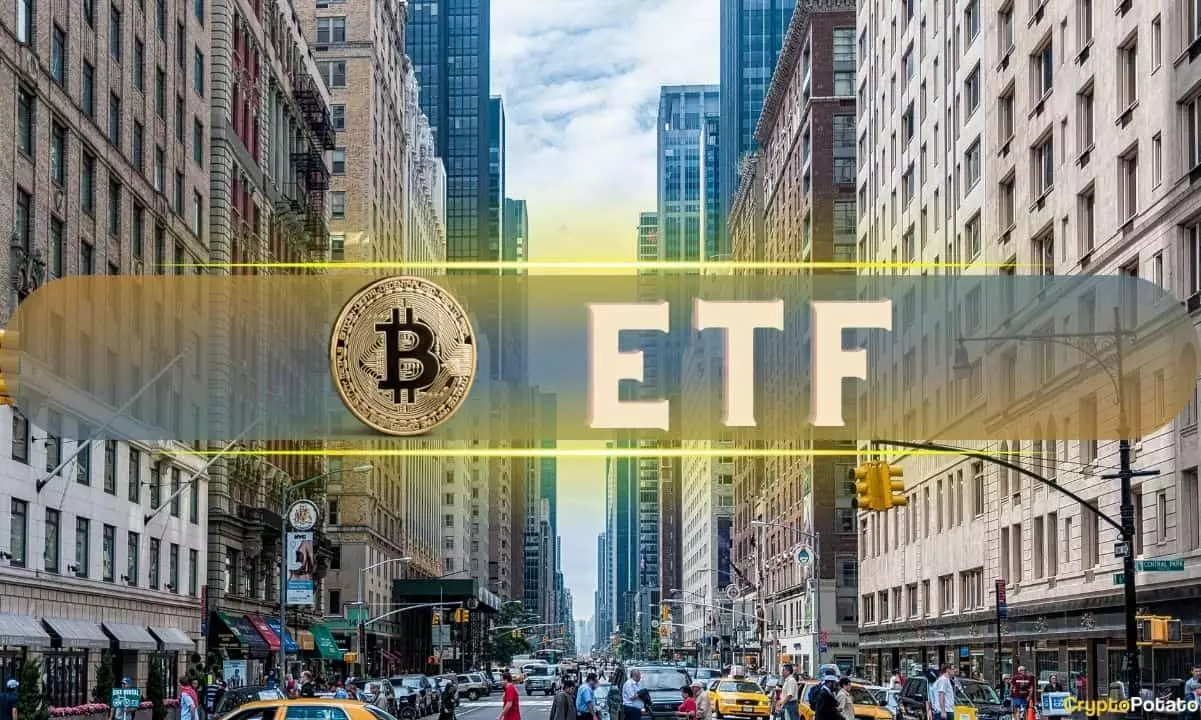Since the launch of U.S Bitcoin spot ETFs three months ago, there has been a significant influx of $12.3 billion in net inflows. These ETFs have garnered attention for their potential impact on the broader Bitcoin market. Glassnode analyst James Check recently conducted an analysis to measure the effects of these ETFs on Bitcoin’s existing futures and spot markets using on-chain data.
Check’s analysis focused on the Grayscale Bitcoin Trust (GBTC), which is the only new Bitcoin ETF that has experienced substantial outflows since January 11. Despite losing around 300,000 BTC, nearly half of its total holdings, the fund’s net asset value has only decreased from $28.7 billion to $23.1 billion. Check mentioned that GBTC is considered long-term holder supply, with most coins held by older investors who purchased shares at lower costs. This demographic is more likely to sell as Bitcoin’s price increases, mirroring patterns seen in previous Bitcoin cycles.
Glassnode previously noted that the distribution of BTC from long-term holders (those holding coins for more than five months) has increased to levels seen during previous bull markets. GBTC now accounts for approximately one-third of all long-term holder spending in recent months.
Check compared the net inflows of various Bitcoin ETFs to Bitcoin’s “realized cap,” which measures the amount of capital flowing into the network. While ETF inflows totaled $28.5 billion, the entire network received $52 billion in capital inflows. On a volume basis, ETFs are roughly 40% to 50% of the size of the traditional Bitcoin spot market. However, futures trading continues to dominate both sectors, representing 80% to 85% of Bitcoin trading on average.
Check emphasized that when considering trade volume, long-term holder spending, and ETF inflows, the impact of ETFs on the cryptocurrency market ranges from 30% to 50%. While ETFs have captured significant attention and inflows, they are still a fraction of the overall market. The dominance of futures trading underscores the continued significance of traditional trading methods in the Bitcoin market landscape.

